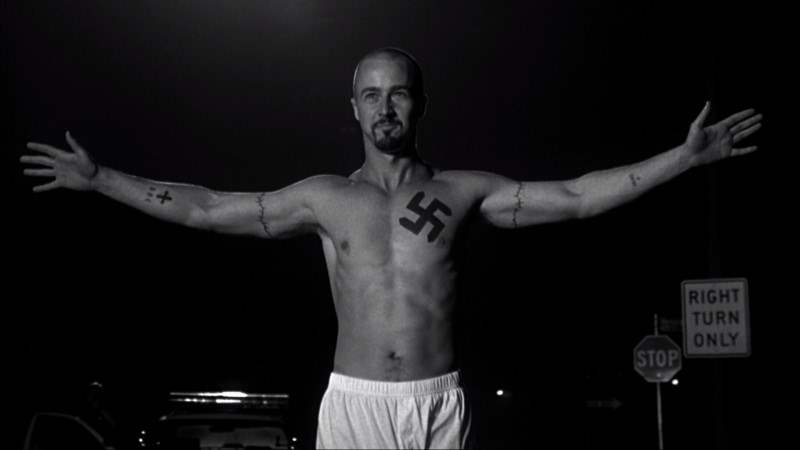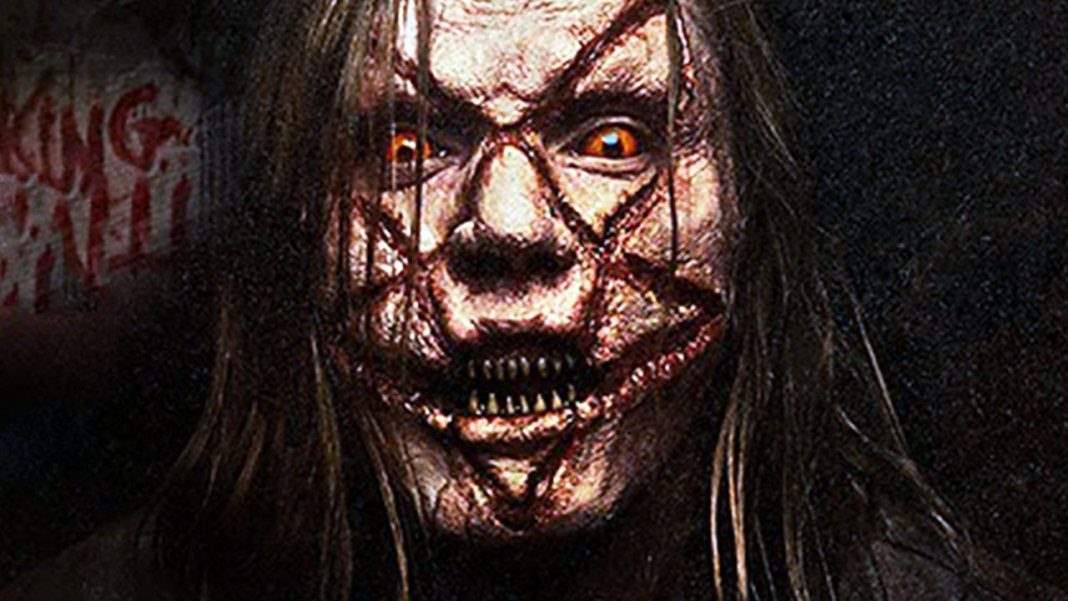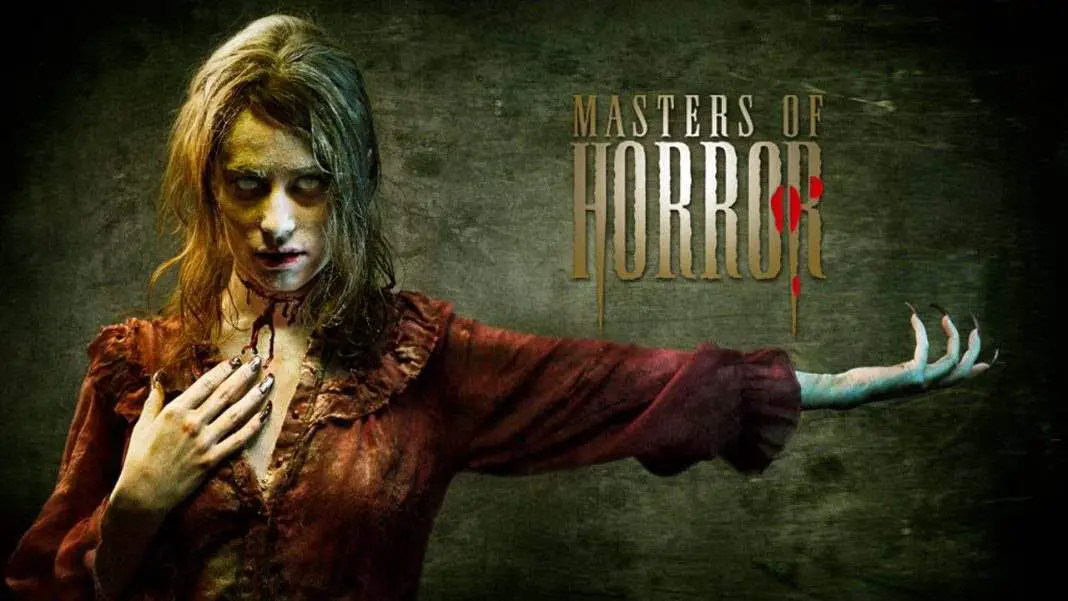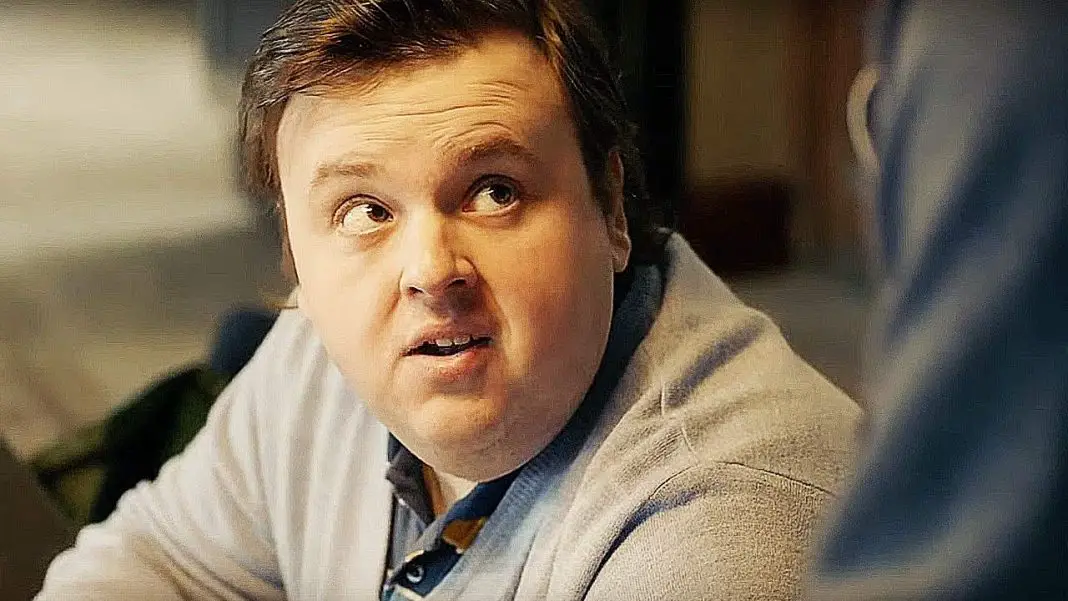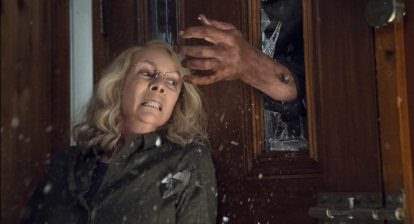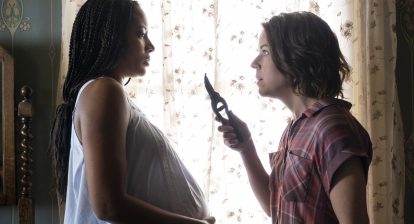Horror is evolving as a genre. Although your local multiplex is still loaded with the usual contenders, look a bit closer and you’ll find the latest drama, thriller, or crime offering is closer to horror than you might expect. In this bi-weekly series, Joey Keogh presents a film not generally classified as horror and argues why it exhibits the qualities of a great flight flick, and therefore deserves the attention of fans as an example of Not Quite Horror. This week, it’s white supremacist shocker American History X.
There is no better time than right now, in a world in which there are actual f**king N*zis active and working proudly in society, to watch American History X. The debut(!) feature from director Tony Kaye celebrates its twentieth anniversary next year but it’s difficult to imagine a time when its story of a scared-straight white supremacist (a career-best performance from Edward Norton) could possibly be more pertinent. That is, unless things get worse.
Kaye’s movie is controversial for a number of reasons, most of which relate to its troubled production (there were rumblings that Norton had final cut, and that Kaye didn’t watch the completed movie until ten years later) and two notorious sequences. The first sees Norton’s character kicking an African American man’s head in after telling him to “bite the curb”. The other finds his now jail-bound N*zi gang-raped in the showers by fellow white supremacists.
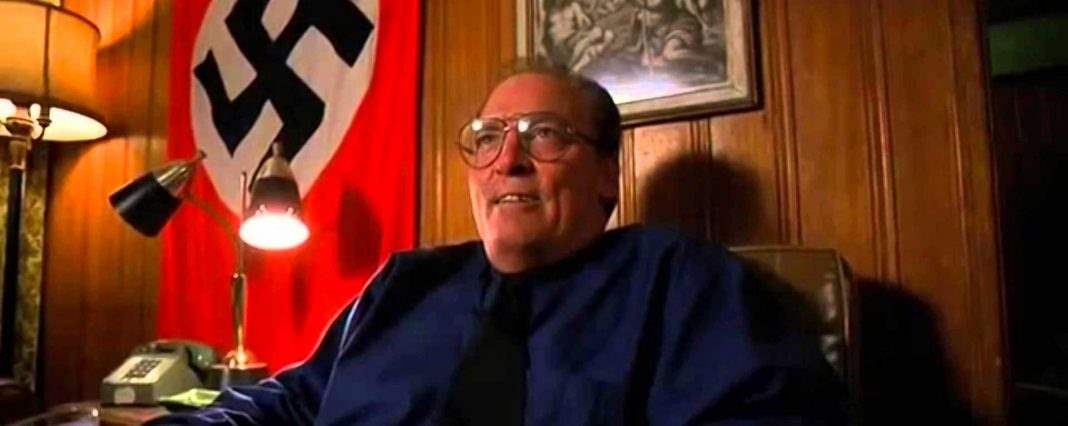
However, it’s subsequently revealed that it was actually his father, a fireman murdered in the line of duty, who started the young man on the wrong path upon discovering Derek was being influenced by an African American teacher. His death spurs his eldest son on to being a hateful, violent a**hole but the seeds were being sowed long before. It’s a neat trick that further contextualizes younger brother Danny’s struggle.
The movie’s framing device sees Danny tasked with writing a paper on his brother by the very same teacher who tried to correct Derek’s path. We later learn the man has been visiting him in prison, and is the one Derek turns to when he’s finally ready to go straight. Although there’s resistance in Danny’s furious, youthful eyes, we know that if his brother can change, there’s hope for him, too.
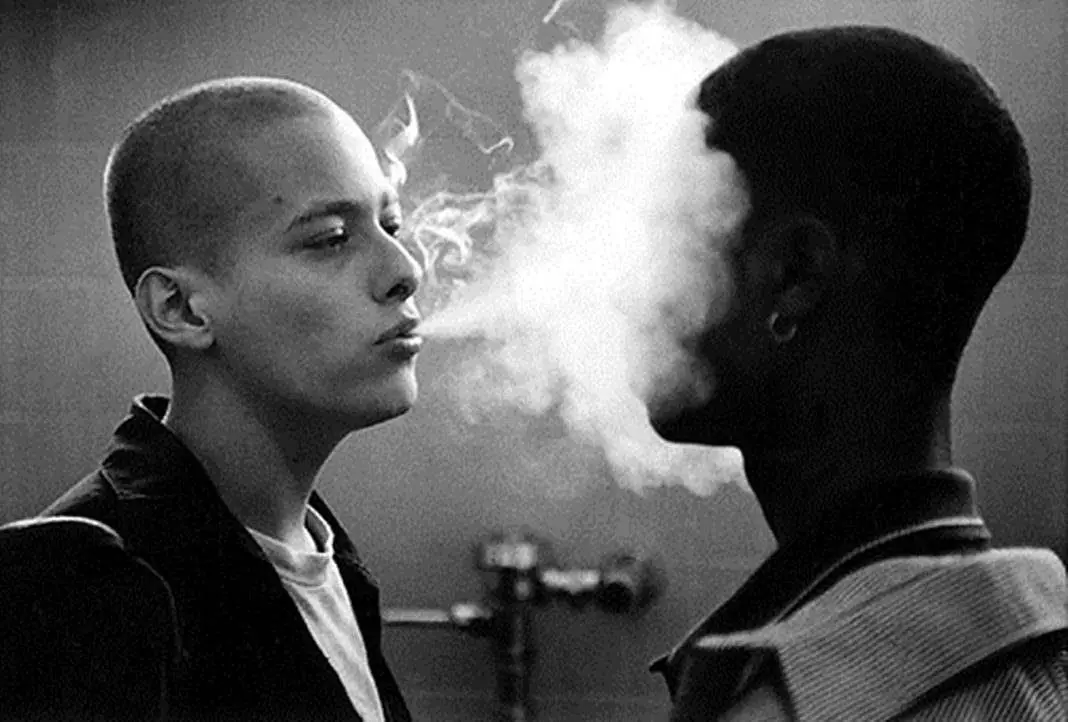 Recently, there’s been much discussion about the radicalisation of young, white men, particularly online via hate groups such as the vile Red Pill. As the world crumbles around us, and videos are shared of angry dudes showing off their gun collections or ramming their cars into crowds of innocent people, everybody struggles to understand the fundamental question of “why?” What brings someone to this level of hatred?
Recently, there’s been much discussion about the radicalisation of young, white men, particularly online via hate groups such as the vile Red Pill. As the world crumbles around us, and videos are shared of angry dudes showing off their gun collections or ramming their cars into crowds of innocent people, everybody struggles to understand the fundamental question of “why?” What brings someone to this level of hatred?
In an incredible long-form piece for GQ, Rachel Kaadzi Ghansah looked into the home and family life of domestic terrorist Dylann Roof, who gunned down nine black parishioners mid-prayer in a church in Charleston, SC. What she discovered were mostly tales of a quiet, lonely, angry soul who struggled to connect with anyone. It’s easy to imagine that, without Derek to guide him, Danny would’ve turned out exactly the same, if not worse.
Of course, American History X isn’t a historical document and there are times when Kaye strays into movie cliché territory, but as a method of understanding the psychology of these people, it remains unrivalled. It’s most moving moment, easily, sees Danny tear down the N*zi insignia off his bedroom walls. Later, Derek holds a hand over the swastika tattooed on his chest to try and envision himself as the man he wants to be.
Kaye reminds us in the end that violence begets violence, but his hopeful message remains intact. And right now, especially, we could really use it.
